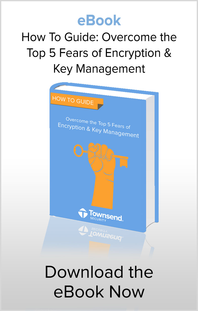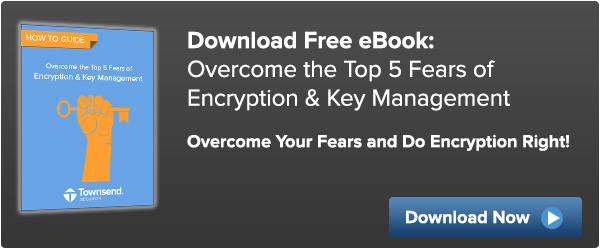The news has been heavy recently with stories of Ransomware attacks on hospitals, businesses, and even police departments. The basic Ransomware attack usually starts with a user clicking on a poisoned link or opening an infected document or file. A trojan program installed on a user PC or server then runs and denies access to that data until a ransom is paid.
 The denial of access to data is often done through the encryption of all of the files on a PC. CryptoLocker is an example of this type of access denial, but there are now many variants of encrypted access denial. Other methods of access denial have been used, but encryption is now the most common method. Strong encryption is readily available to anyone including cybercriminals, and unless the attack uses poor encryption methods there is no way to unlock the data without paying the ransom to receive the decryption key.
The denial of access to data is often done through the encryption of all of the files on a PC. CryptoLocker is an example of this type of access denial, but there are now many variants of encrypted access denial. Other methods of access denial have been used, but encryption is now the most common method. Strong encryption is readily available to anyone including cybercriminals, and unless the attack uses poor encryption methods there is no way to unlock the data without paying the ransom to receive the decryption key.
A disturbing trend has developed with Ransomware over the last few months. In addition to encrypting a user’s PC or a single server, Ransomware has taken to encrypting network and mounted drives, even drives that are mirrors to cloud storage services. The mounted drives might even include your backup storage! The encryption of network drives affects a much larger group of users and can be devastating to the organization as a whole. And when the backup network drive is affected there is no way to even restore from that backup. Many organizations can afford to lose a single user PC - but imagine losing all of the company’s information on a central server!
Monetarily, ransoms are usually not very large, but there are exceptions. Cyber criminals know that a smaller ransom is more likely to be paid and they can then move on to the next victim. Ransom payments are usually done in Bitcoin to avoid tracking the payment through the normal banking system. While not a perfect strategy for cyber criminals, it usually works pretty well.
So, what can you do to avoid the catastrophic loss of your data from a Ransomware attack?
Old style, off-site, disconnected backup is back in fashion!
Whatever is connected to your network is at risk in a ransomware attack. Backup cartridges stored off-site at an archival service like Iron Mountain, or even stored at your local bank, can’t be damaged by Ransomware. I know that many organizations have migrated to cheaper online and virtual tape backup systems, but these may be accessible to a dedicated attacker. If your internal systems can “see” the backup storage, so can an attacker. You need to have backups that are not accessible to the attacker - put some airspace between your backups and the cyber criminals!
Tape, cartridge and disk-based backup systems have been around for quite some time, are reasonably priced, and can be quick to deploy. Here are some things to look for in backup systems:
- Tape or disk physical media can be stored off-site
- Backups should be encrypted - don’t risk the loss of an unencrypted tape or cartridge
- Don’t share keys across individual backups - every backup should have a unique key.
- Create documented procedures for backups.
- Create documented procedures for restoring from backup.
- Test your restore! Your backup strategy is only as good as your proven ability to restore from the backup.You don’t have a backup strategy until you’ve tested it with an actual restore!
- Schedule your backups so that they are automatic.
Because old-style off-site backup has been around for a while you will find good documentation and best practices about backup and recovery. You don’t have to reinvent the wheel here. Mature and proven solutions are available right now.
Addressing off-site backup may seem old-fashioned to you right now. You won’t think so if your organization falls victim to a Ransomware attack! Here at Townsend Security we use a cartridge backup solution from Quantum who are one of our partners, but you have lots of choices. Get started now!
Patrick

